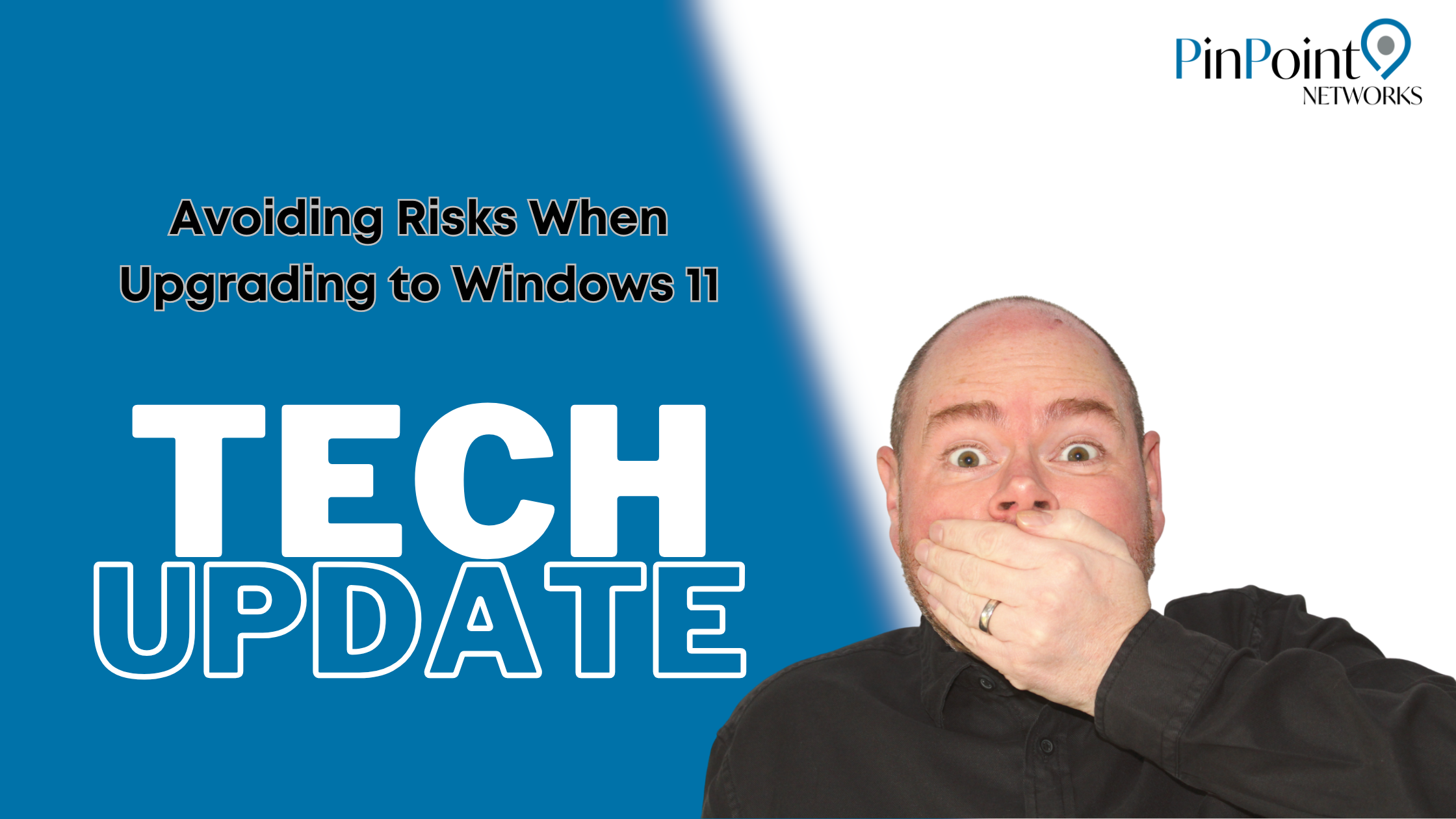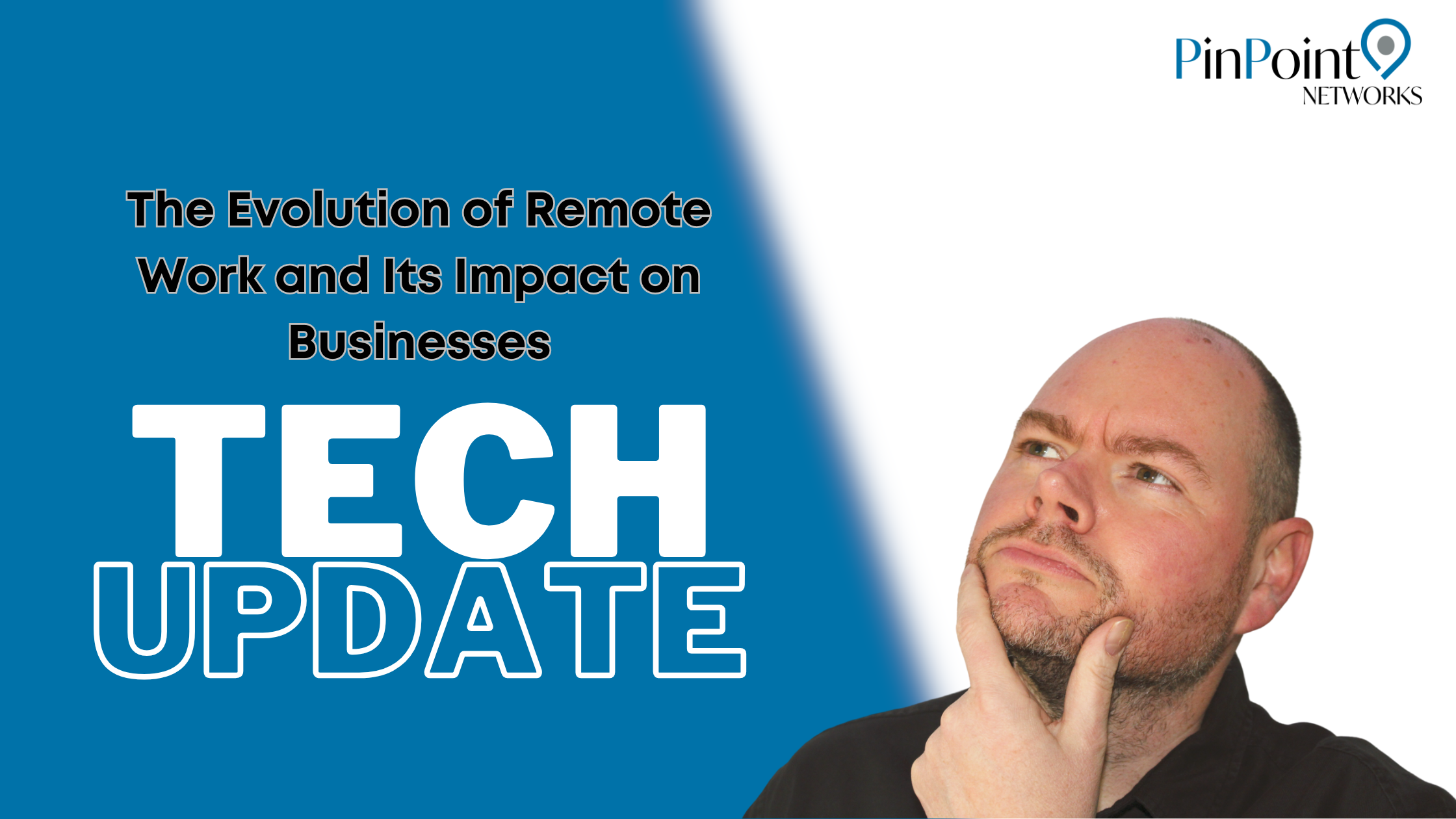Ways to avoid the Blue Screen of Death
If you’ve ever encountered the frustrating Blue Screen of Death (BSOD) on your computer, you understand how heart stopping it can be. That chilling moment when your screen turns blue leaves you questioning what went wrong and how much work you’ve just lost. For businesses, these crashes are not just an annoyance; they can disrupt operations and lead to financial losses. Recent studies reveal that BSOD occurrences are alarmingly frequent, with one in every 200 devices crashing during normal use. This situation worsened during the recent CrowdStrike outage, where the rate escalated to one in ten devices. While the tech sector seems to experience the highest impact—with over 15% of devices affected each month—other industries like healthcare and retail also face around 8-10% of their devices showing that dreaded blue screen.
So, what triggers these crashes? More importantly, how can businesses mitigate this risk? The encouraging news is that about half of these incidents could be prevented. However, many companies lack the necessary tools or strategies for effective prevention. Key findings from research indicate that several common issues contribute to BSODs: faulty hardware, poorly managed Windows updates, and misconfigured drivers for components such as graphics cards and audio systems often lead to system instability resulting in a BSOD.
For business owners, adopting a proactive IT management strategy is essential. Instead of waiting for problems to arise and then rushing to resolve them, businesses should aim to identify potential issues before they result in crashes. By keeping track of device health and ensuring updates and drivers are properly handled, you can greatly lower the chances of BSODs disrupting your workflow.
The research indicates that with appropriate preventive measures in place, companies could reduce BSOD incidents by half—bringing it down to approximately one in 400 devices—which not only minimises downtime but also allows your IT team to concentrate on more strategic initiatives instead of constantly addressing emergencies.
Unfortunately, a lot of organisations don’t have adequate tools for early risk detection; most don’t even know which devices are currently at risk or may crash soon. To shift from being reactive to proactive, consider investing in tools that provide insights into your IT infrastructure. These resources enable data-driven decisions that can cut costs, alleviate employee stress, and boost productivity overall.
Even better—hire experts who specialise in this area! Our proactive IT management approach prevents issues before they disrupt your business operations. Let us help keep your organisation free from crashes, get in touch.
Want to know more about keeping your business safe? Explore Cyber Essentials








